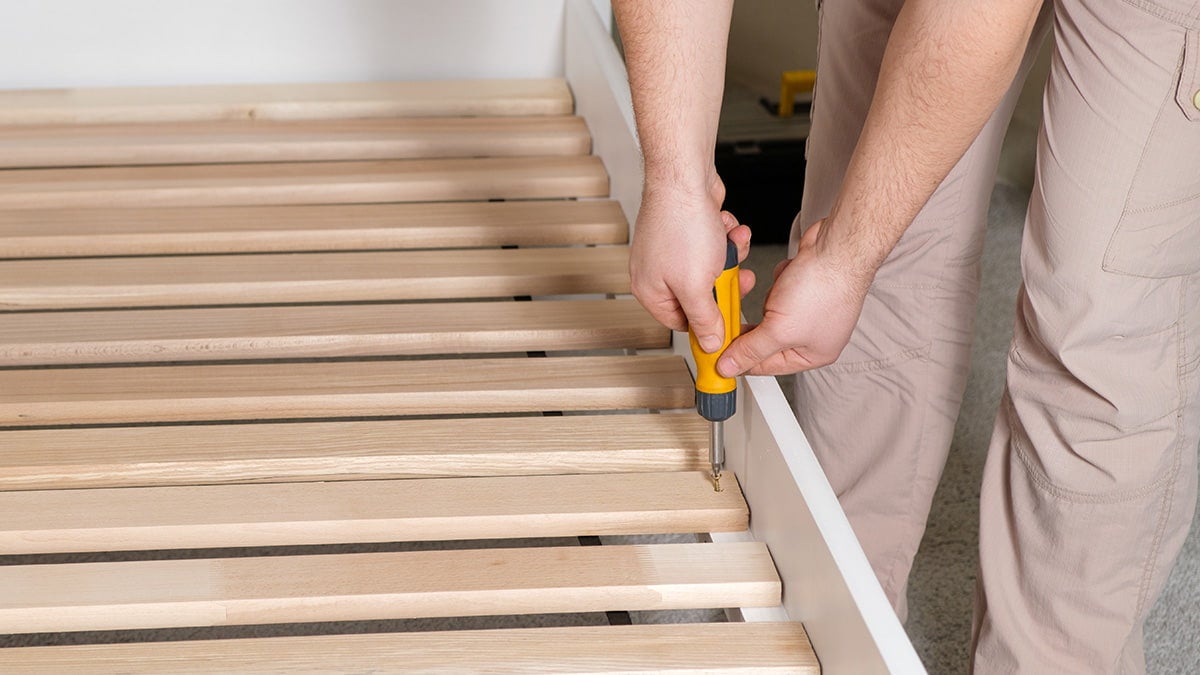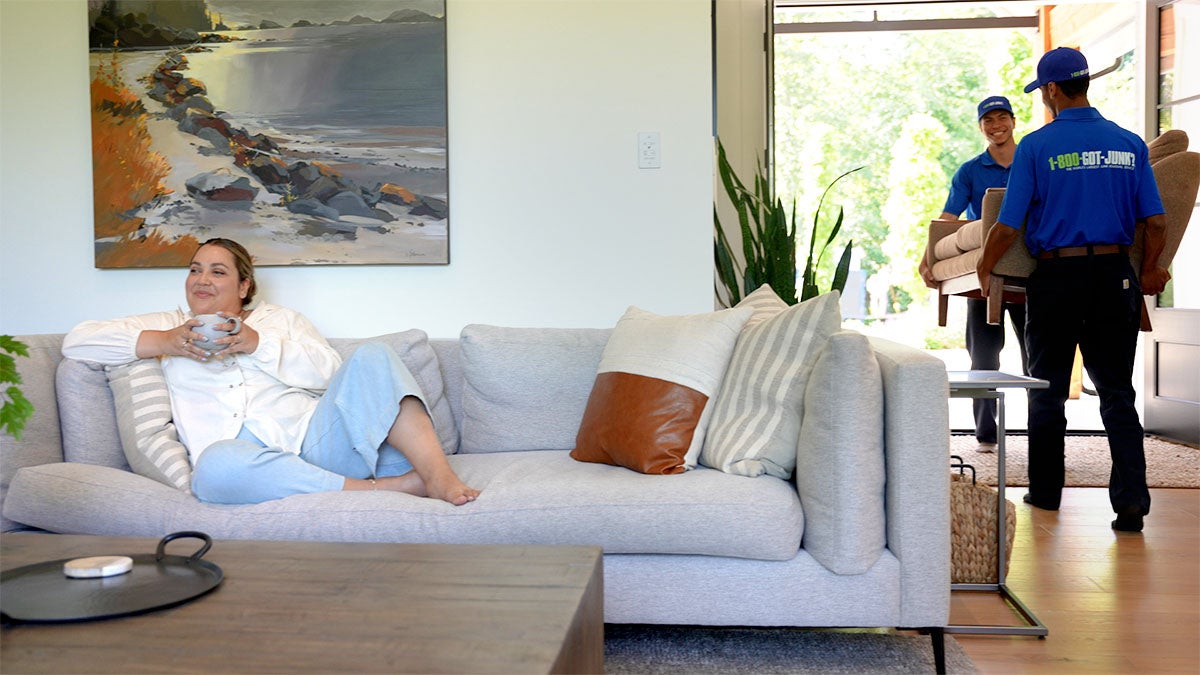Sentimental clutter can be one of the most challenging types of clutter to deal with in your home. These are the items that hold emotional value, from old love letters to childhood toys, and they can quickly accumulate over the years. While it's natural to want to hold on to these items, excessive sentimental clutter can lead to a disorganized and stressful living environment.
Let’s look at a step-by-step process of how to declutter sentimental items in your house while preserving the memories they hold.
How to get rid of sentimental clutter in 8 steps
Step 1: Start small
Begin with a small and less emotionally charged area of your home. For example, you might start with a junk drawer, a corner of your closet, or a box of old greeting cards. Avoid tackling an entire room filled with sentimental items at once; it can be emotionally draining.
Starting small allows you to gain confidence and momentum as you see visible progress. Success in decluttering a small area can motivate you to take on more significant challenges later.
Even in small areas, you're likely to come across items that tug at your heartstrings. Be mentally prepared for this and remind yourself of your goals and the need to make thoughtful choices.
Step 2: Gather everything
Once you’ve tackled something small, you’ll build up momentum and feel ready to take on more. Go through your home and gather all your sentimental items into one designated area. This might include items stored in different rooms, closets, or boxes. Having everything in one place will give you a better overview of the volume of items you're dealing with.
Seeing all your sentimental items together can have an emotional impact. It might make you realize the extent of the clutter and reinforce the importance of decluttering. Embrace this emotional connection as a driving force for the process.
As you gather your items, make a rough inventory or list of what you have. This can help you assess the scope of the task and ensure that no item is overlooked during the decluttering process.
Step 3: Categorize
Categorizing your sentimental items is a crucial step in the decluttering process because it allows you to systematically assess and make decisions about different types of items. For example, you may decide on categories, such as:
- Artwork and Crafts
- Audio and Video
- Books and Publications
- Clothing and Accessories
- Jewelry
- Keepsakes
- Letters and Documents
- Memorabilia
- Photographs
- Trinkets and Collectibles
- Miscellaneous

Step 4: The 4-Box Method
Use the 4-Box Method to sort items into four categories: Keep, Donate/Sell, Toss, and Undecided.
Keep
When deciding which sentimental items to keep, be highly selective. Ask yourself:
- Does this item hold a strong emotional value or deep personal significance?
- Is it a cherished memento that genuinely brings you joy?
- Does it remind you of important life events or loved ones?
- Is there a practical use for this item in your life?
Only keep items that pass these criteria. It's essential to curate your collection to include only the most meaningful items, as over time, even sentimental clutter can become overwhelming.
Donate/Sell
Some items may not hold as much emotional value to you, but they could be meaningful to others. Consider donating them to a charity or selling them online. This way, they can find new life and serve a purpose elsewhere, while also decluttering your space.
Toss
Be realistic about items that are damaged, broken, or have no real sentimental value. It can be challenging to part with items, but letting go of things that can't be repaired or don't hold any sentimental value is necessary for decluttering your space and maintaining order.
If you have a lot to toss, consider getting help. Your local 1-800-GOT-JUNK franchise will get rid of your sentimental clutter, recycling or donating what we can and getting rid of the rest responsibly.
Undecided
If you're unsure about some items or find it difficult to part with them, place them in a designated "undecided" box. Revisit these items later, after you've made more decisions and had some time to reflect. Sometimes, with a bit of distance, it becomes easier to decide whether to keep, donate, or discard them.
Step 5: Assess sentimental value
When deciding what to keep, focus on the emotional connection each item has. Ask yourself:
- Does this item bring back cherished memories or elicit positive emotions?
- Does it connect you to important people or events in your life?
- Does it represent a significant milestone or achievement?
- Does it genuinely add value to your life and living space?
Consider the practicality of keeping certain sentimental items. Some may serve a practical purpose in your life, such as heirloom furniture or a useful family recipe book. In such cases, the item might have both sentimental and functional value.
If you're struggling to part with a physical item, consider whether you can preserve the memory in digital format. For example, you can photograph or scan old artwork, letters, or other items before letting them go. This allows you to keep the memory without the physical clutter.
Step 6: Display and organize
For the sentimental items you've chosen to keep, consider how you can tastefully display them. Use shelves, shadow boxes, or display cases to showcase jewelry, trinkets, and small collectibles. Frame and hang artwork or photographs on your walls. Displaying items can turn them into conversation pieces and daily reminders of cherished memories.
Ensure that your displayed items are organized in a way that makes sense and enhances your living space. Group items together based on themes, events, or people. For example, you can create a dedicated shelf for travel souvenirs or a family photo wall.
If you have a significant collection of sentimental items, consider rotating them periodically. This way, you can give each item its moment to shine while keeping your home decor fresh and engaging.
Step 7: Let go with gratitude
As you part with sentimental items, take a moment to reflect on the memories they hold. Acknowledge the emotional attachment and the significance they've had in your life. It's OK to feel a sense of loss or sadness.
Consider expressing your gratitude for the items and the memories they represent. This could be a simple mental acknowledgment or a more formal ritual, such as writing a thank-you letter to the item itself or to the person associated with it.
Shift your focus from the act of letting go to the positive aspects of decluttering. Recognize that you're making space for new experiences, reducing stress, and simplifying your living environment.
Step 8: Maintenance
To prevent sentimental clutter from building up again, establish a routine for reviewing and curating your sentimental collection. Set aside time, whether monthly, quarterly, or annually, to go through your keepsakes and decide if any can be further streamlined.
Whenever new sentimental items enter your life, take a moment to assess their significance and determine whether they align with your goals and available space. This habit will help you avoid accumulating excess sentimental clutter in the future.
If you placed items in an "undecided" box during the initial decluttering process, revisit them after some time has passed. You may find it easier to make decisions about these items with a fresh perspective. Ensure that your displayed and organized sentimental items continue to be well-maintained. Dust and clean them regularly, and update your displays as needed. This helps you appreciate and enjoy these items for years to come.

Let 1-800-GOT-JUNK? help you let go of clutter
Getting rid of sentimental clutter in your house is a delicate process that requires time and self-reflection. By following these steps and being mindful of what truly matters to you, you can create a home filled with meaningful memories while reducing the stress and chaos of sentimental clutter.
When you’ve made your final decisions, your local 1-800-GOT-JUNK? franchise can pick up and take away any items you no longer need. We’ll take care of all the lifting, loading, and cleanup, so you won’t have to worry about a thing. We’ll also recycle or donate what we can and responsibly dispose of the rest. Save what matters, and get rid of the rest, while 1-800-GOT-JUNK? helps you out!






